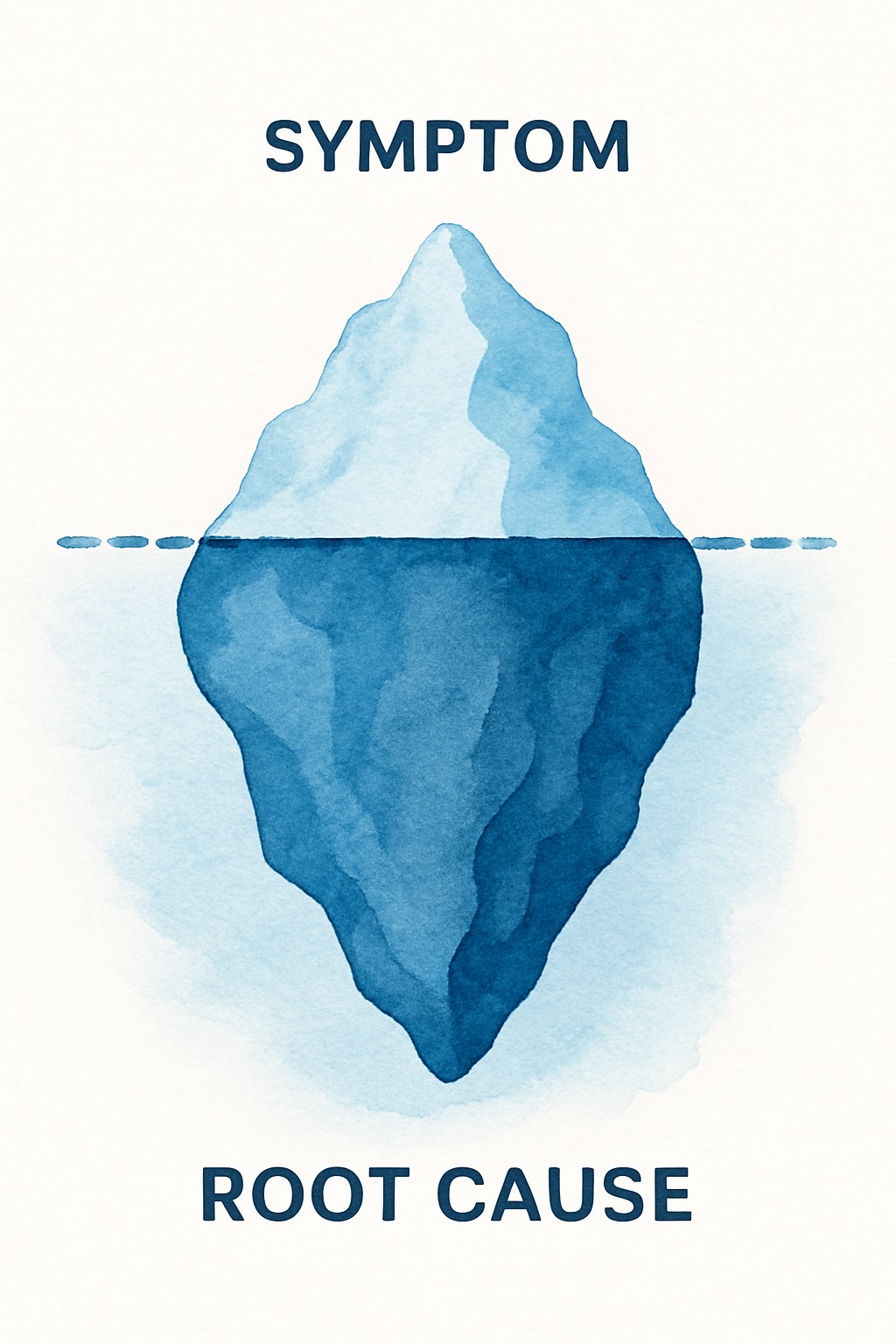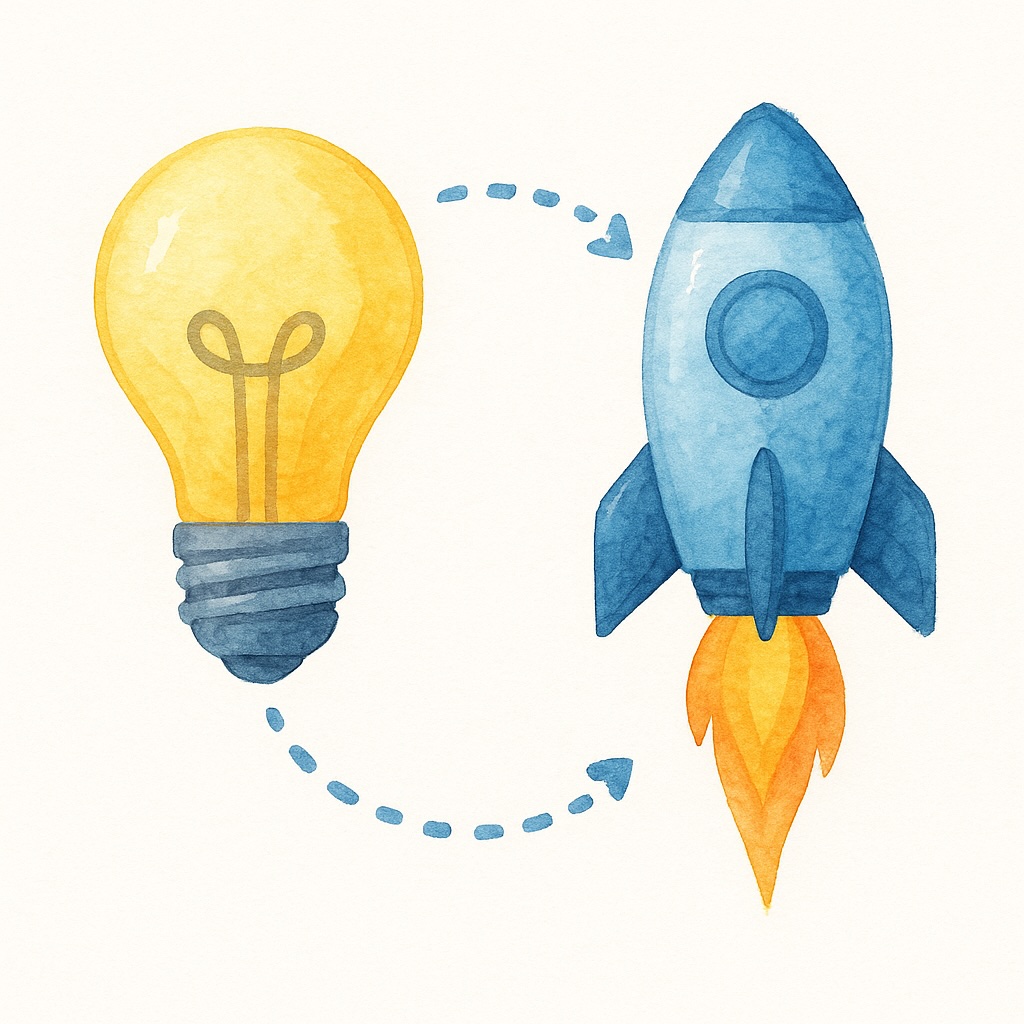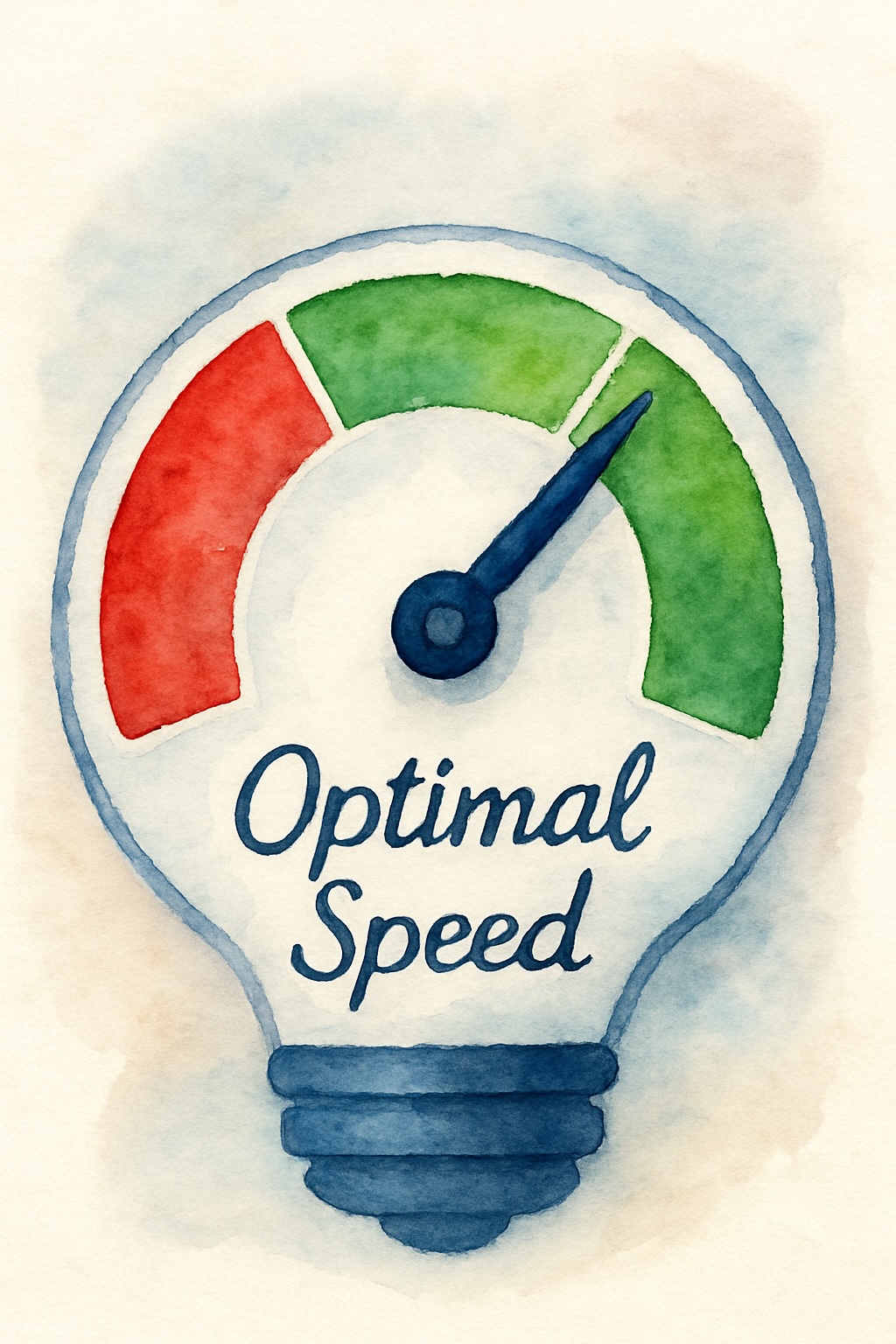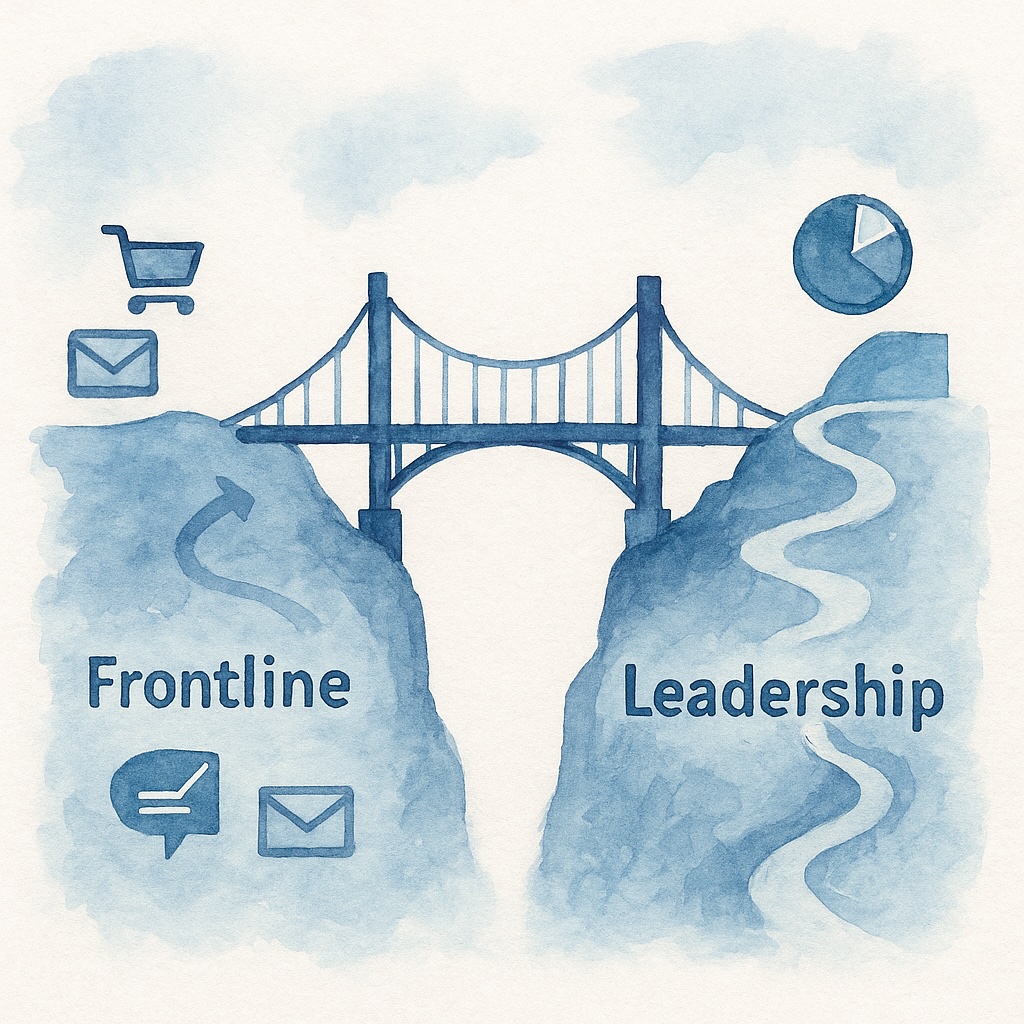My Change Management Principles
As a start-up or scale-up, you must move quickly to compete in most sectors. Often, sustainable growth comes from creating the right system conditions rather than relying on leaders making ' heroic ' wins. Drawing on proven principles of lean culture and learning organisations, I help founding and growth teams build resilient organisations that compete in today's world.
Here are the core pillars that drive lasting change:

1. Co-Creation, Not Imposition
The most effective change happens with people, not to them. When frontline teams help design new work methods, performance dramatically improves compared to top-down mandates. That's why we begin with participative design workshops that surface insights, create ownership, and prevent the resistance that derails well-intended initiatives.
2. Root-Cause Discipline Beats Quick Fixes
Many start-ups chase short-term metrics and temporary fixes, only to watch the same problems resurface. Techniques like the Five Whys help teams peel back each layer until they reach the true source of issues. We embed this habit in daily stand-ups and quarterly reviews, making "diagnose deeply, solve once" the default response, not "patch now, panic later."


3. Testing Assumptions Through Experimentation
Untested assumptions silently undermine performance. Instead of endless debates about whose opinion is correct, I encourage teams to run rapid "safe-to-try" experiments. Every new idea receives the response: "Great, let's test it." This cycle institutionalises curiosity and prevents entrenched beliefs from limiting business growth.
4. Balancing Psychological Safety and Creative Tension
Research confirms that teams with high psychological safety consistently outperform their peers. While excessive stress might temporarily boost output, creative tension works better, keeping focus on desired outcomes rather than today's anxieties. I help leaders to frame gaps as shared challenges - allowing for 'creative tension' ("How might we reach 99% uptime?", or "What would it look like if it were perfect?") rather than personal threats, encouraging open dissent and accelerated learning.


5. Speed ≠ Chaos
Scale-ups need momentum, but "always move fast" can mask accumulating technical or cultural debt. The "slow down to speed up" principle teaches us to stabilise flow first, then accelerate. We establish clear decision cadences (daily, weekly, quarterly) so urgency lives in the process, not constant firefighting.
6. Early Intervention Prevents Compound Problems
Systems thinking reveals how unresolved issues compound over time. Today's minor misalignment becomes tomorrow's ceiling to growth. By addressing root causes in sprint-length cycles, we avoid the exponential costs of deferred maintenance and achieve alignment.


7. Connecting Across Boundaries
While discussions often focus on functional silos (Sales vs. Marketing), the vertical gap between frontline staff and executive vision typically causes more damage. Building trust across these natural boundaries keeps strategy and daily work synchronised. Huddles and shared scorecards reconnect these levels while also improving cross-team handoffs.
8. Expectation-Driven Growth
Teams tend to rise (or fall) to meet leadership expectations - this is the Pygmalion effect in action. I help managers to set ambitious yet credible targets, celebrate incremental progress, and eliminate language that signals distrust. High expectations and genuine support reinforce the psychological safety and creative tension needed for breakthrough results.


9. Strategic Tech Adoption vs. Tool Proliferation
Tech like AI offer powerful capabilities, but there's a common pitfall: businesses, particularly start-ups or scale-ups, chase every new tool without a coherent strategy. This tactical grab-bag approach dilutes focus and resources. Lean principles teach us to evaluate technology adoption through value stream mapping, identifying where new tools eliminate genuine constraints rather than creating additional complexity.
When organisations properly integrate new technologies, they ask "What problem are we solving?" before "What tool should we use?" I help teams develop clear technical evaluation frameworks that filter innovations based on strategic alignment, not novelty. Through structured pilot programs with measurable outcomes, we help companies avoid the "shiny object syndrome" that fragments efforts and creates technical debt.
The most successful transformations I've led maintain a steady focus on customer value and business outcomes while thoughtfully integrating new capabilities. As lean thinking reminds us, tools exist to serve the value stream, not vice versa.
10. Distributed Experimentation in the Age of AI
The accelerating pace of AI has fundamentally changed business innovation. Top-down initiative planning alone is too slow in this environment. Organisations that thrive empower teams throughout the company to run small, continuous experiments with emerging technologies.
By distributing the responsibility to innovate across the organisation, companies can test multiple approaches simultaneously, allowing the best solutions to emerge organically. This distributed experimentation model follows the lean principles of reducing batch size and shortening feedback loops, creating hundreds of small learning opportunities instead of a few high-stakes bets.
I work with leaders to establish clear guardrails and evaluation frameworks that allow teams to experiment within strategic boundaries. An organisation's learning expands exponentially when everyone becomes a potential innovator.


11. The Scale-up Advantage in Changing Markets
There has perhaps never been a more advantageous time for nimble organisations to outcompete established players. As technology democratises access to capabilities once reserved for industry giants, scale-ups with the right systems can achieve remarkable market impact.
Combining cloud infrastructure, API-driven services (like zapier.com), and increasingly powerful AI tools creates leverage for smaller teams. What matters most isn't size but the ability and speed at which teams respond and sense market shifts. By maintaining the above disciplines, scale-ups can preserve their natural agility while growing.
The organisations that are winning today are those that pair entrepreneurial speed with systematic learning. They combine 'startup creativity' with the operational discipline needed for sustained growth. This balanced approach allows them to continuously improve while remaining adaptable, which is the crucial formula for thriving in rapid change.